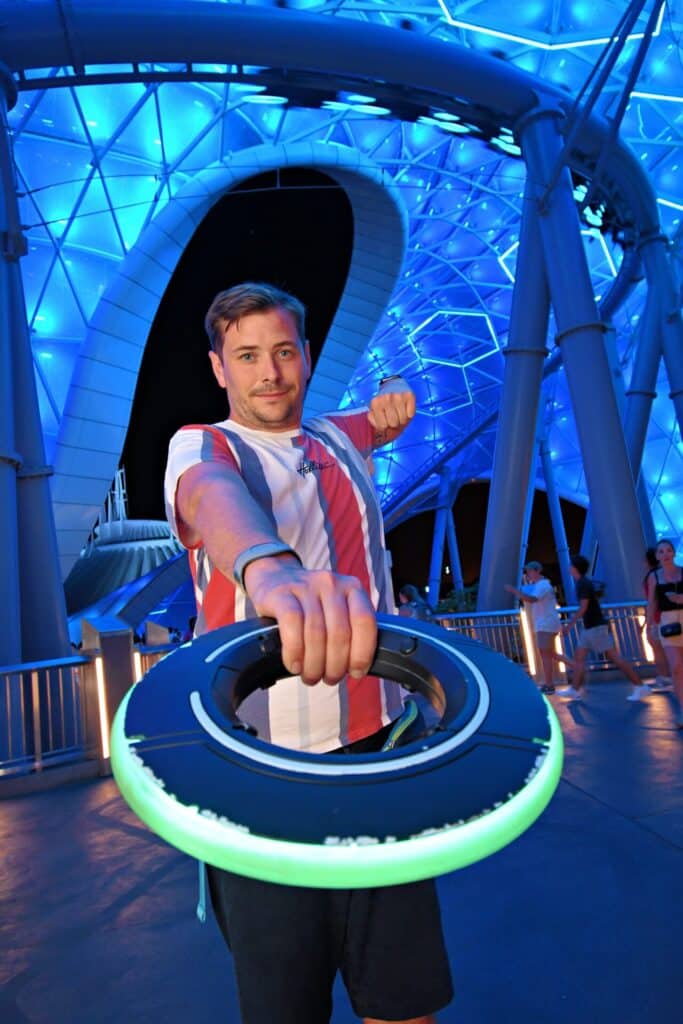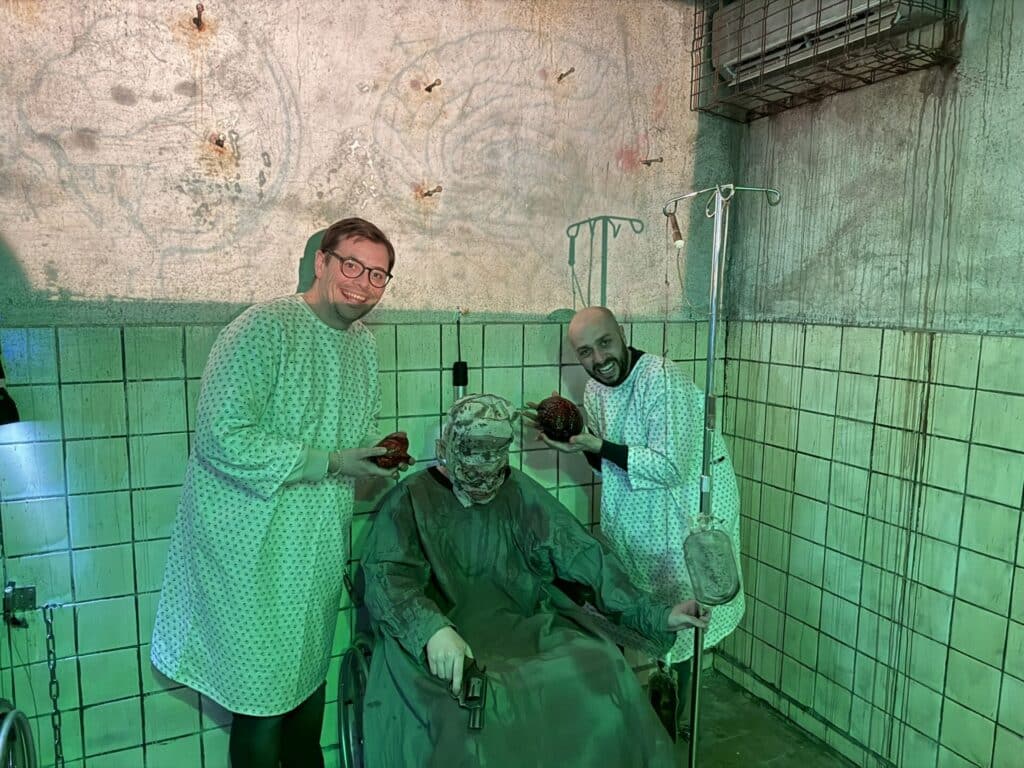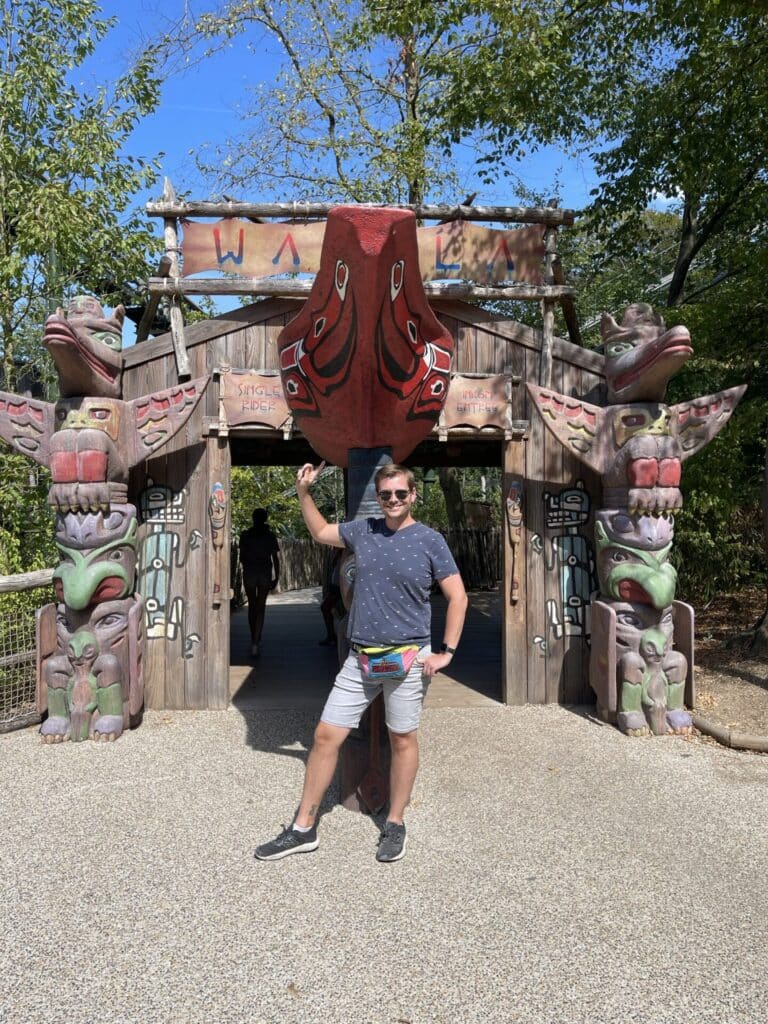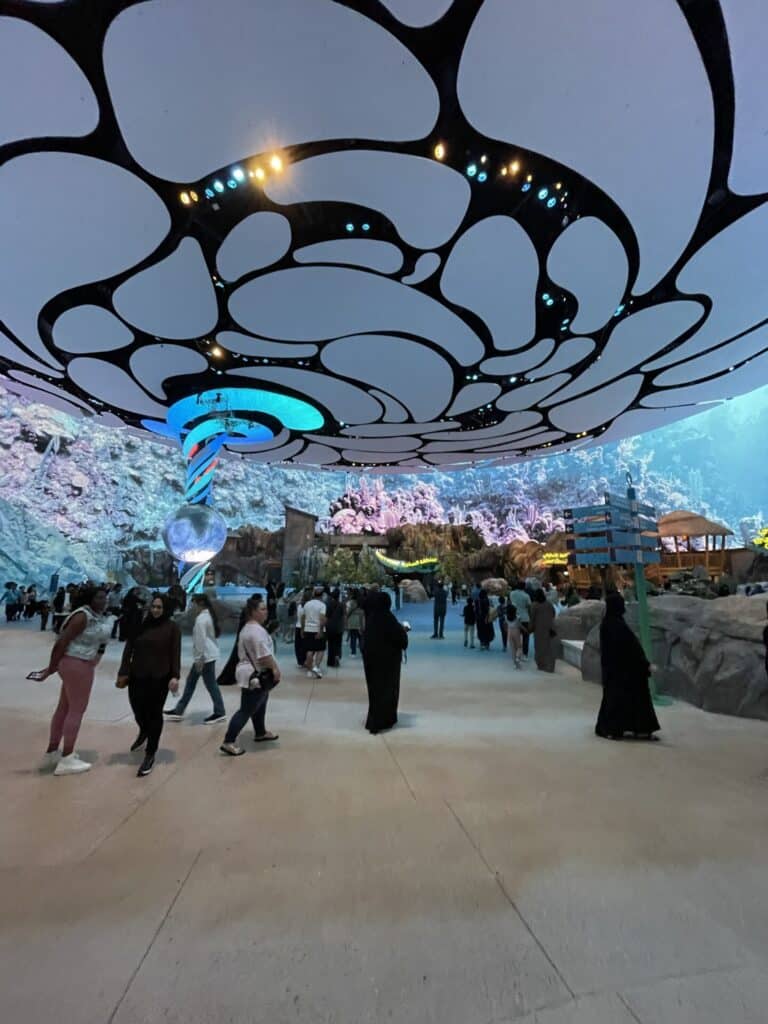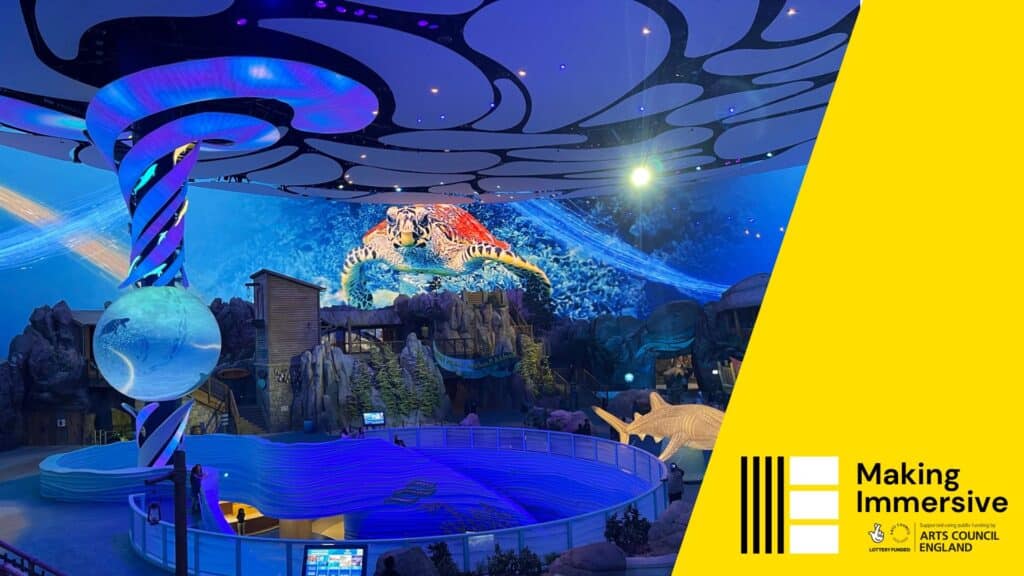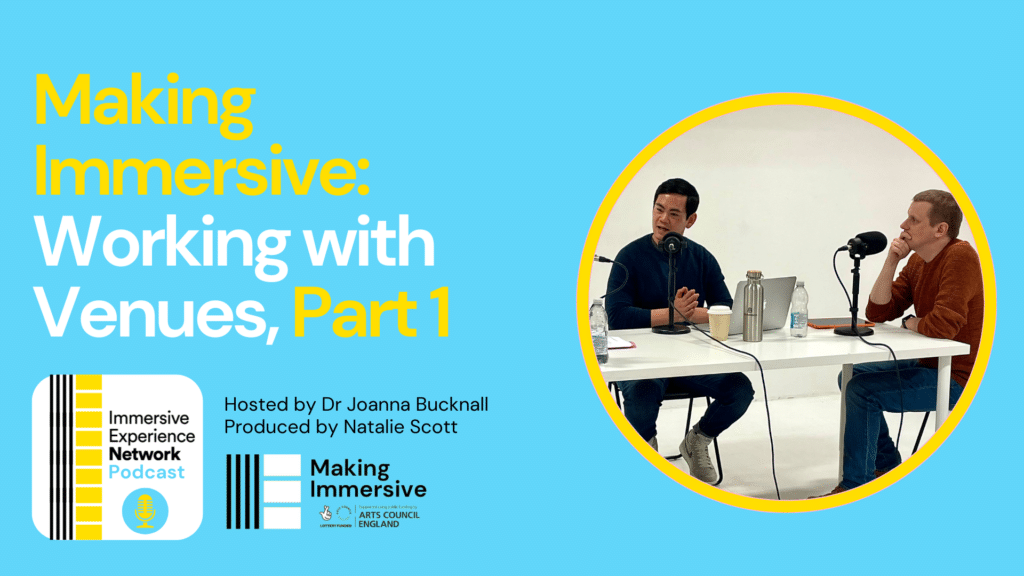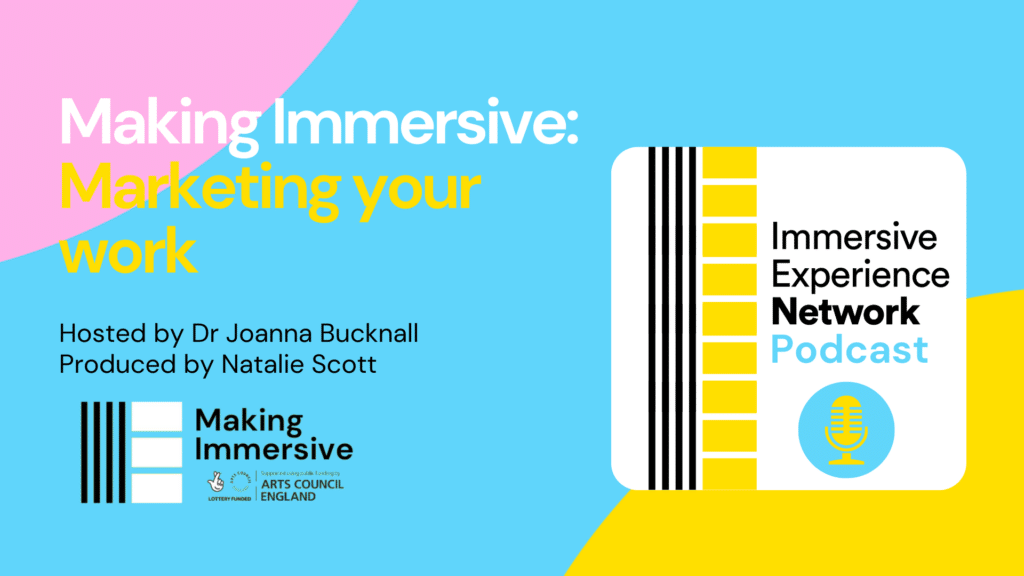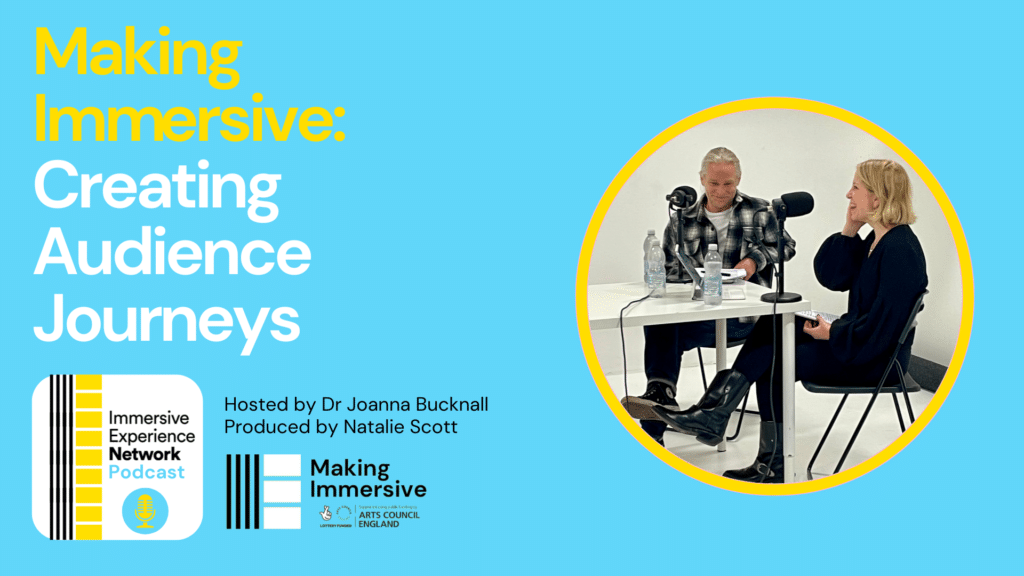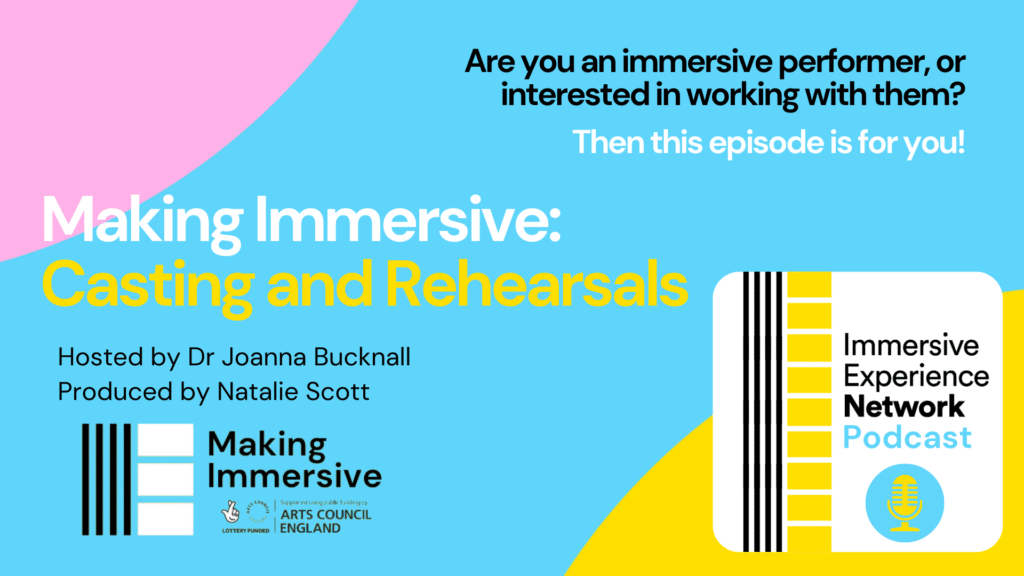The entertainment world is full of experiences that can be called “immersive” – video games, movies, books – and most of these can now be experienced in the comfort of our own home. Yet physical immersive experiences – immersive theatre, theme parks, escape rooms – are more popular than ever before.
Guests continue to seek out shared experiences – high quality time spent with either family or friends. This was particularly true in the wake of Coronavirus and has only grown in the time since. As particularly younger generations continue looking for more exciting ways to spend time together, we are seeing a boom in immersive experiences and “competitive socialising” – a term given to games played in a group, usually in a bar-like environment.
But why do guests flock to these spaces when there is so much entertainment freely available to us now? To start, here guests play an active role in the story – either by being physically present and moving through a space, experiencing some physical movement like a thrill ride or by taking actions that somehow effect the storyline. Guests are physically transported to another world or story, and here what they do has consequences.
We are seeing a movement back towards physical spaces in entertainment – the virtual reality boom of a few years ago is all but over, and augmented reality isn’t looking likey to replace it. Guests want to share moments together, and nothing makes memories quite like a thrilling attraction or entertaining experience.
When bringing these attractions to life, it’s the producer and creative’s job to ensure they deliver and build upon what guests are expecting. There is nothing worse as a guest than having an exciting idea of what an experience will be in your head, built up by marketing and word of mouth, only to be disappointed by the reality. Thankfully, the market is vast and you have many different types of audiences, age groups and interests all looking for something a little different.
When designing an attraction we start by identifying a primary emotion – joy, fear, wonder – that we want to make guests feel. Then, we start by plotting out the basic concepts – what are the key moments that we want guests to experience? Is there a specific technology that we want to feature? Are we bringing a certain IP to life?
This initial idea gets fleshed out through numerous design iterations as you begin to factor in hardware, engineering designs, feasibility studies, art production, set design and the many more disciplines that contribute to bringing something like this to life.
The unfortunate reality is that on most projects your key considerations are budget and feasibility. At the start of a project we go through a phase called “Blue-sky” – where you come up with the most amazing version of your concept that you’d do if money and space were no objects. Then, as you move through the various design stages, the job of a creative is to turn that dream into something that can become a reality – whilst maintaining as much of that original excitement as you possibly can. It’s our job to understand costs, safety issues and mechanical limitations, and bring them all together to deliver one cohesive and exciting experience.
I always warn people not to think of being a creative as solely an artistic job – it’s a key part of the role, but you must also be an AV technician, a software engineer, a ride programmer. You need to have enough understanding of every aspect of building an attraction to be able to confidently work with all these disciplines. I think of it like being the conductor in an orchestra – you don’t need to be able to play every instrument, but you need to know how to bring them all together.
There are a lot of ways to transition into this industry, and no two people’s paths will be the same. The three most important things to remember are;
- Know your skills. Learn what sort of roles there are in the industry that align to your skillsets, and start honing your portfolio towards showing off those specific skills.
- Network. Every industry is “who you know”, and this holds especially true in attractions. Reach out to local companies for internships, attend networking events and conferences, and let your enthusiasm and skills shine through. If possible, I’d recommend a course such as the TEA NextGen, which will put you directly in front of a range of industry professionals.
- Experience everything. Go to attractions of all sizes and really observe how they do things. You can learn even more from a low-budget attraction making it work with some black fabric and a smoke machine than you can at a huge theme park!
Above all, try and get any sort of relevant experience you can. Smaller attractions are a great place to start as you’ll need to learn every aspect of attraction design as you won’t have a large team to rely on. Even something not directly related to the industry, like community theatre, can give you an understanding of set design, lighting, AV, special effects – all of which can be directly applied when you get in front of an industry contact.
Personally, I spent the first ten years of my career working in banking, eventually going back to University, getting a Marketing degree, and moving into working on social media advertising. At the same time, I’ve spent most of my life travelling the world going to every immersive experience I could and started helping out at scare attractions and immersive theatre shows to get a hands-on view at how these attractions were put together.
So, when a great opportunity for a role in the industry came up for me, I was able to combine my career experience with the knowledge I’ve gained through my hobby, and I got into the industry I’d always wanted to. I use that knowledge and experience I gained travelling and volunteering in those years in my job every day, constantly referencing and drawing on things I’ve seen.
